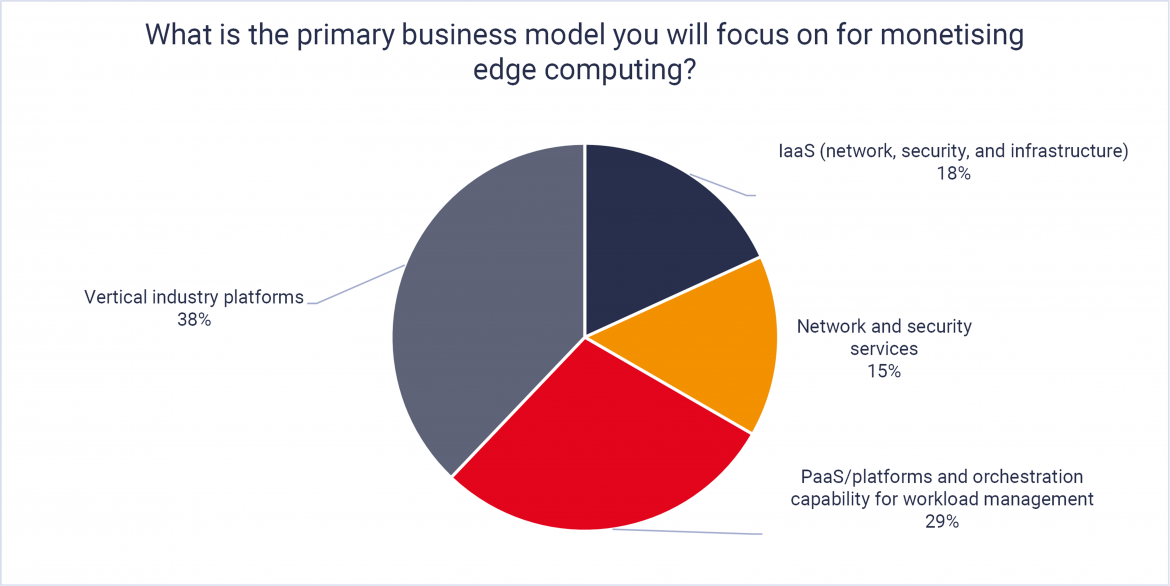Red Hat 블로그
Internal and external pressures in the last decade have pushed service providers to begin transforming their processes and adopt technology company, or “techco”, characteristics. Agile organizational structures and processes that leverage software are some initiatives companies have embarked on. Other approaches include flexible workforce, and ecosystem partnerships to create new and exciting services for customers.
For example, the APAC region is very varied in both the approach and progress of its service providers. Some of the most advanced 5G networks in the world can be found in China, Japan, and Korea, with service providers looking to deploy 5G standalone (SA), following the allocation of spectrum, whilst others in South Asia and ASEAN (Association of Southeast Asian Nations) remain focused on getting adequate coverage of 4G while working to roll out 5G.
STL Partners conducted interviews and an extensive survey as part of their research programme, asking 66 operator stakeholders for their views on where the telecommunications industry should focus its energy over the coming years, particularly in terms of driving B2B revenue growth. The research programme sought to understand each company’s perspective as well as what practical steps they are taking to face the coming challenges in their industry.
Digital transformation index: room for improvement in the move to cloud-native and edge services
Alongside the survey and interviews, STL Partners also created a digital transformation matrix based on publicly available information. Reducing the telco profiles to 13 key metrics, the benchmarking exercise focuses on several domains across the organisation: network transformation (5G SA deployment, RAN architecture, edge deployments), level of automation, cultural innovation (executive engagement, ecosystem approach). Public information was utilized to ensure the accuracy and objectivity of the data underlying the model.
The metrics can be broadly separated into two categories:
-
Internal capabilities: domains that are fully determined by the service provider, for example, its 5G roll-out, implementation of telco cloud, changes in organization and operations, etc.
-
External capabilities: domains that are influenced by how service provider engage partners and customers, for example, new services in the edge computing and private networks space.

Across the region, the level of automation, particularly within the network itself, is strong. This reflects the investment that service providers have been making in network infrastructure over the past decade – an investment that they now want to recoup through 5G SA deployment and additional revenue generation through new applications and services. Interestingly, on-premise edge services were one of the worst performing metrics, an approach that enterprises are starting to explore but service providers are still at an early stage when it comes to monetisation. To fully realize the B2B revenue opportunity, there is additional work required to expand their edge offering.

Service provider engagement with the wider ISV ecosystem was identified as positive. Service providers are generally aware of their need to partner with ISVs who can provide the vertical expertise they lack in developing industry-specific applications. As enterprises begin to adopt next-generation network-enabled applications, the majority of the created revenue will fall in the application domain, rendering it imperative that the service providers are an active participant in this area of the value chain.
JPC, a sub-region containing Japan, China and Korea, includes many of the most mature operators from a 5G roll-out perspective, and the market is significantly more advanced than its neighbours in both internal and external capabilities. There are several service providers in these countries with mature 5G roll-outs that have strong B2B relationships and products already going through commercial cycles. Many of the learnings we highlighted as key to becoming a “techco” organization are taken from these service providers whose horizontal and agile workforce, combined with high levels of automation in the network, allow them to scale these capabilities successfully.

The scores for service providers in ASEAN and South Asia, particularly on the internal capabilities, reflect the early stages of 5G adoption in these markets and their focus on consumer mobile broadband. From STL’s research, it becomes clear that there is still revenue growth opportunity in providing coverage to areas and communities that are currently neglected by the mobile and fixed network, and that end customers (both consumer and enterprise) lag behind other regions regarding their readiness to adopt new technologies.
Next steps
A report based on this research, “Transitioning to techco in APAC: priorities for success” has been written by STL Partners in conjunction with Red Hat and Intel. This report delineates the key lessons learned from the programme, leveraging insights from APAC to provide actionable steps for service providers wanting to transform their processes to attain new revenue streams and optimise profit margins.
About the author
Ben Panic is Vice President of sales for the telecommunications, media and entertainment segment for Red Hat Asia Pacific. He has led the vertical in Red Hat for the past five years and has over 27 years of experience working in operators and vendors throughout the region. Passionate about technology and its impact on the world, Panic has most recently focused on the adoption of open source technology and value creation for customers through innovation from the community. Panic expands Red Hat’s business in the region through direct and indirect channels and partners.

